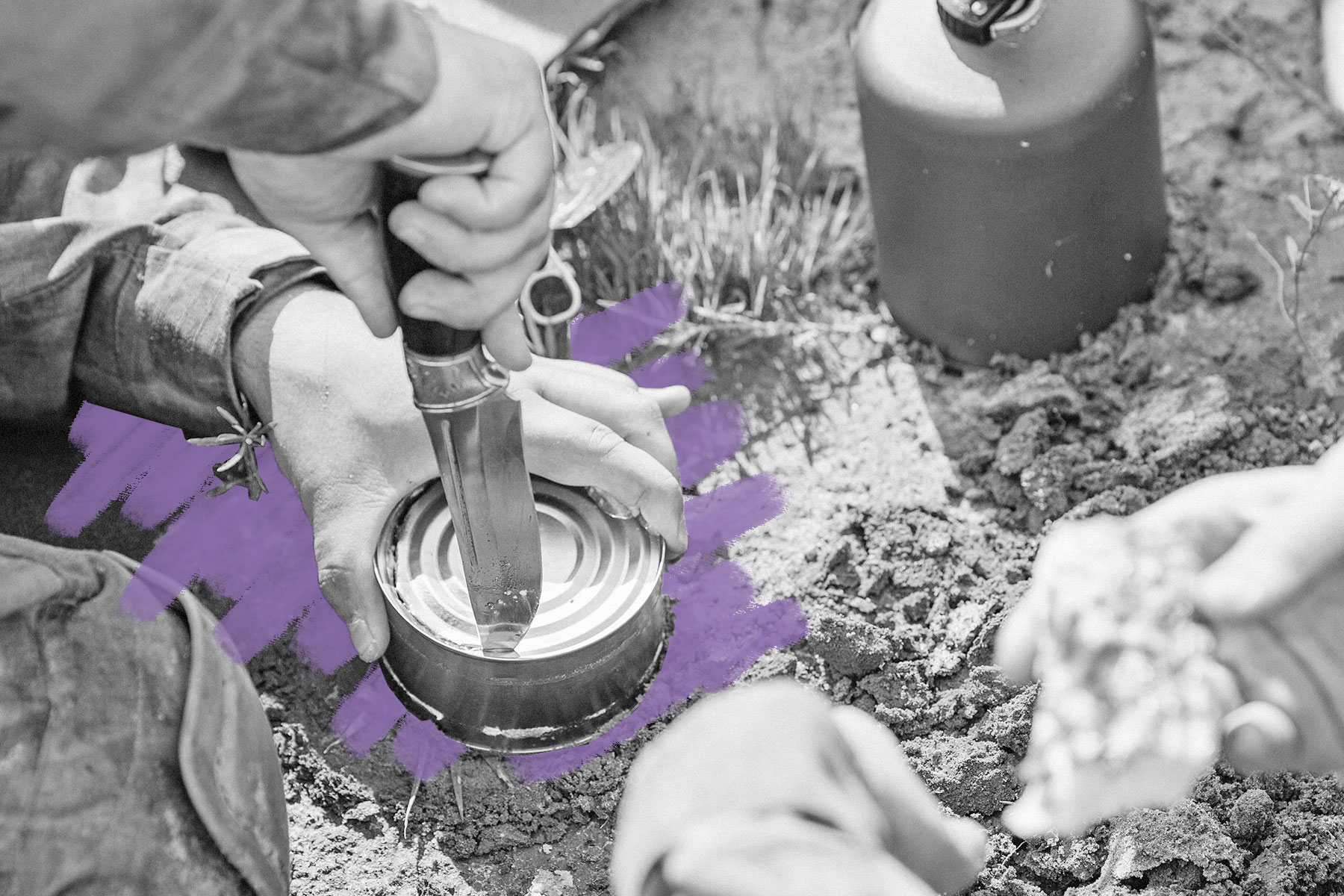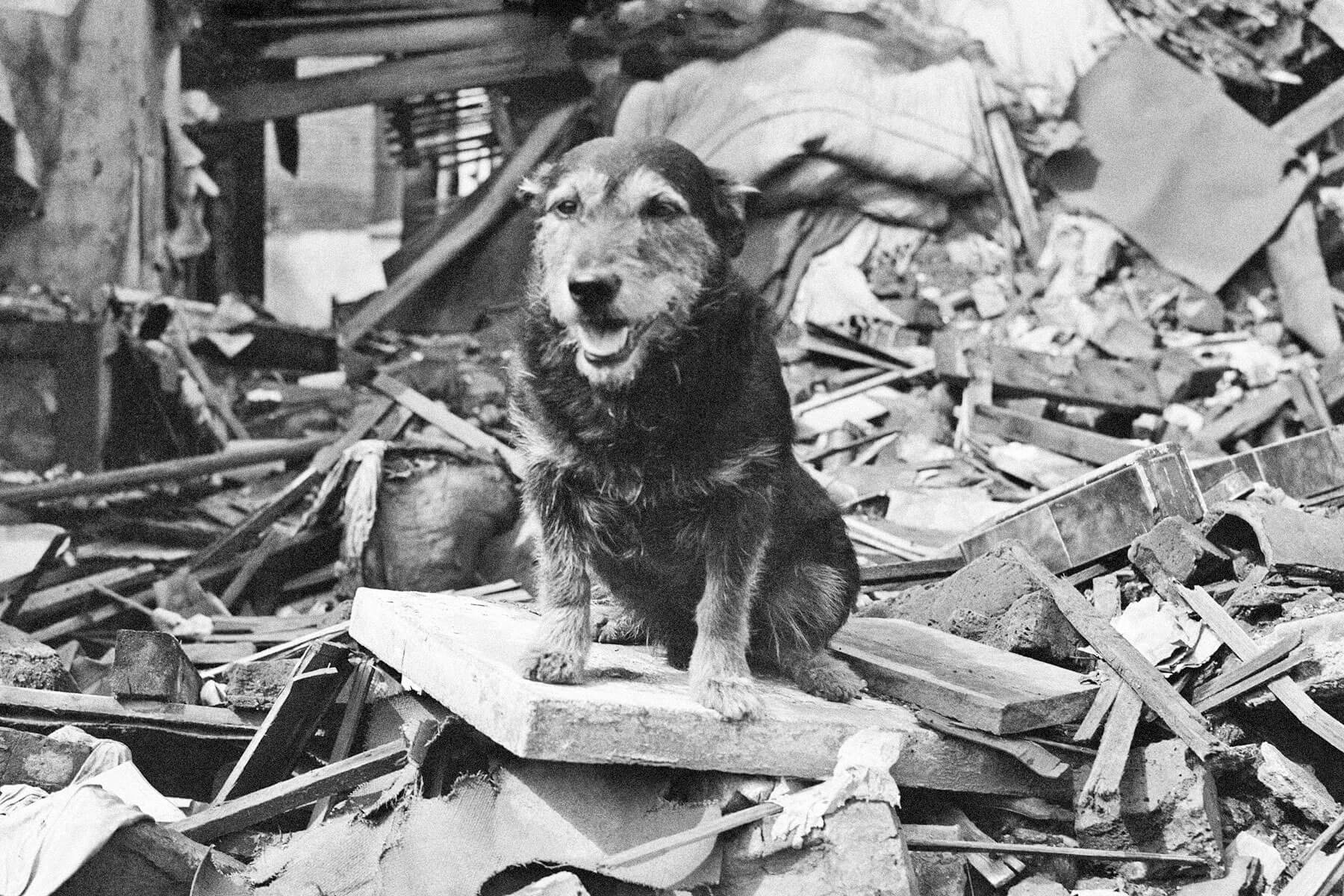 |
Canned food was invented for military use, but soldiers had to cut cans open with bayonets. |
Science & Industry |
 |
| |
| In 1810, Appert's method of canning food was officially recognized by the French government; he was awarded the prize money and published his methods in a book called The Art of Preserving Animal and Vegetable Substances for Many Years. The same year, the process for using tin-coated iron cans for preserved food was patented, and by 1813, England was supplying canned food to the Royal Navy. While the problem of properly preserving food was solved, another issue presented itself: opening the cans. Soldiers resorted to using their weapons to get to their food, trying to cut them open with their bayonets or knives. It wasn't until decades later, in the 1850s, that the can opener was finally invented. | |
 | |
 | |||||||||
By the Numbers | |||||||||
| |||||||||
| |||||||||
 | |||||||||
| |||||||||
Canned bread is a New England tradition. | |||||||||
| Brown bread is a New England staple widely believed to date back to the colonial era. The regional favorite has some unique traits: It's steamed, instead of baked, and since the late 1920s, B&M, a company also known for its canned baked beans, has been selling it in cans. The pantry staple consists primarily of rye and wheat flours and cornmeal, and is sweetened with molasses. The round loaf is anything but dry — its texture has been likened to a muffin. Available in plain or raisin flavor, canned brown bread is most commonly served warmed and buttered with baked beans and hot dogs. B&M can still be found in much of New England, and occasionally in other parts of the U.S. — or, like most things, it can also be ordered online. | |||||||||
 | |||
Recommended Reading | |||
 | |||
| | |||
 | |||
| | |||
| + Load more | |||
| |||
| |||||||||
| Copyright © 2023 History Facts. All rights reserved. | |||||||||
| 700 N Colorado Blvd, #513, Denver, CO 80206 | |||||||||
|





No comments:
Post a Comment